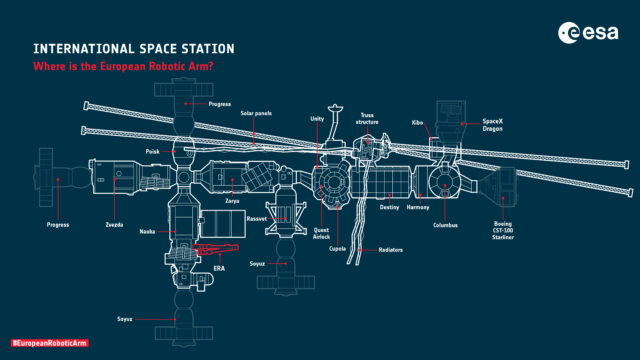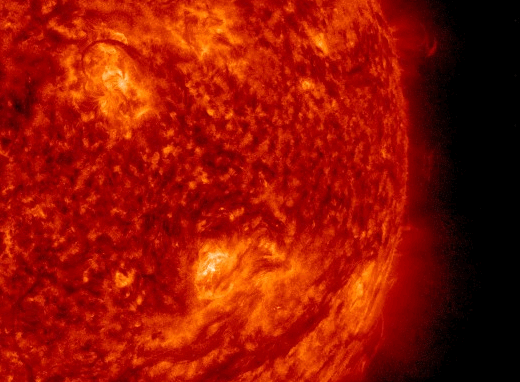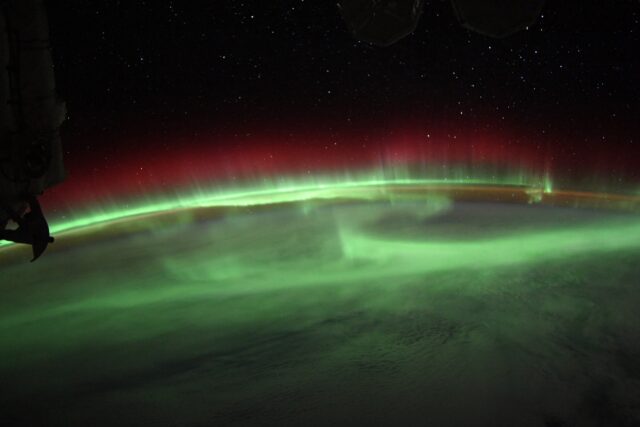[ad_1]

It’s been quiet in the aerospace sector this week. Too quiet.
With NASA’s Artemis 1 mission set to launch in just over a week, it’s as if the entire agency is holding its breath. Several other launches have been scrubbed or delayed within the last two weeks. Development for the Space Launch System has dragged out for so long and costs so much that the anticipation is vaguely painful. But if the mission succeeds, it will begin a series of missions that create a long-term human presence on the moon.
After eons of testing, NASA finally rolled the SLS out to its launchpad this week — a couple of days early, and six years late. The Artemis team is targeting a two-hour launch window, from 8:33 to 10:33 AM EDT on Monday, Aug. 29. However, if this launch is unsuccessful, the team also has backup launch windows on Sept. 2 and Sept. 5.
Meet OMOTENASHI: The Littlest Lunar Lander
This Artemis mission won’t be landing on the moon — but one of its payloads will: the OMOTENASHI lunar lander.
OMOTENASHI is a CubeSat built by the Japan Aerospace Exploration Agency (JAXA) and the University of Tokyo. The lander’s name stands for “Outstanding MOon exploration Technologies demonstrated by NAno Semi-Hard Impactor.” Besides being a weapons-grade acronym of the kind I thought only NASA would deploy, it describes the CubeSat’s mission. OMOTENASHI will conduct a controlled landing on the moon, testing a suite of systems from guidance to telemetry and communications. Just before landing, the lander will deploy airbags to cushion its impact, hence the ‘semi-hard’ in the name. But it will also set a record for its size: OMOTENASHI is a six-unit (6U) CubeSat. Its size and weight — just 30 pounds or so — will make it the smallest lunar lander to date.
Cosmonaut’s Spacewalk Cut Short After Spacesuit Power Issue
Russian ground controllers cut short a Wednesday spacewalk, after discovering a power fluctuation in commander Oleg Artemyev’s spacesuit. At the time, Artemyev and his cosmonaut colleague Denis Matveev were outside the station setting up ERA, the European Space Agency’s new robotic arm. Both returned unharmed.

With the new arm, station personnel will be able to reach the Russian orbital section from within the station. However, the setup has not been a slam-dunk.
“I have a message, voltage low,” Artemyev radioed to Russian ground controllers around noon EDT (1600 GMT) on Wednesday.
Russian flight director Vladimir Solovyov immediately told Artemyev to make for the safety of the airlock.
“Oleg, this is Solovyov,” he said. “Drop everything and start going back right away. Oleg, go back and connect to station power.”
After both cosmonauts were settled down safely back inside the hatch, flight controllers asked Artemyev how he was feeling. “I’m energized, I’ve had a good nap,” a chipper Artemyev replied. “I’ve had a good rest.”
Reverse the Polarity! ‘Dark Plasma’ Solar Storm Will Last Into Saturday
Space weather has been unusually turbulent this week. On Sunday, Aug. 14, the sun let loose a coronal mass ejection (CME), pointed just south of straight at Earth. Then on Monday, a gigantic solar filament collapsed, launching another CME. But the one from the solar filament overtook the one from the sunspot. The vast majority of CMEs cause zero disruption for humans. This one, however, caused a moderately strong G2-class geomagnetic storm yesterday into last night.
Solar flares are increasing in frequency and power, as part of the sun’s 11-year cycle. And normally, during this period of the sun’s cycle, sunspots have the same polarity. This means positive charges collect in one place — in this case, toward the right, as we look toward the sun — and negative charges collect toward the left. But this spot’s polarity was reversed. Sunspots with reversed polarity tend to have more ‘disorganized’ magnetic fields, which makes them more likely to explode. And that’s exactly what this one did.

Image: NASA Solar Dynamics Observatory
The reversed polarity may also be the reason for the ‘dark plasma.’ Like iron in a forge, plasma glows brighter as it gets hotter. Despite — or perhaps because of — the violent explosion, this plasma ended up at a lower temperature than normal.
Cool Colors
Geomagnetic storms often cause a lovely light show in the form of polar lights or auroras. As the storms get stronger, the aurora becomes visible from points farther and farther south. For Americans, more northerly locations are often better for viewing the aurora. But there’s an even more remarkable place from which to see the aurora — although few of us will get to go there. NASA astronaut Bob Hines caught the aurora on camera from the International Space Station.

Image: Bob Hines / NASA
“Absolutely SPECTACULAR aurora today!!!,” Hines tweeted, along with several other pictures of the aurora, flickering along the curve of the Earth. “Thankful for the recent solar activity resulting in these wonderful sights.”
Skywatchers Corner
This week’s geomagnetic storms triggered auroras as far south as Oregon and Illinois last night, and they’re still not quite done. The Space Weather Prediction Center said that there’s another sizeable flare on its heels, whose disturbance will peak around midnight tonight (Friday). So, if you’re far enough north, it might well be worth taking a look outside around midnight EDT.
REPEAT PERFORMANCE: How similar are these two M flares from AR3078 to yesterday’s big flares (see previous tweet). Such flares are called Homologous Flares. The same magnetic configuration erupts in the same way – one after the other. It may happen again in the next day or two. pic.twitter.com/czM4k3se2Y
— Keith Strong (@drkstrong) August 18, 2022
It’s always easier to see the aurora, and other night-sky phenomena, under the clearest and darkest skies. But even under bright city skies, viewers can catch an errant fireball from the showy Pleiades meteor shower. Luckily for us, the Pleiades take weeks to ramp up to their yearly peak. As the moon wanes toward its new phase, it won’t wash out the sky quite as thoroughly as it did during this past week’s supermoon.
That’s it for this week in space, sports fans. See you in seven.
Now Read:
[ad_2]
Source link
